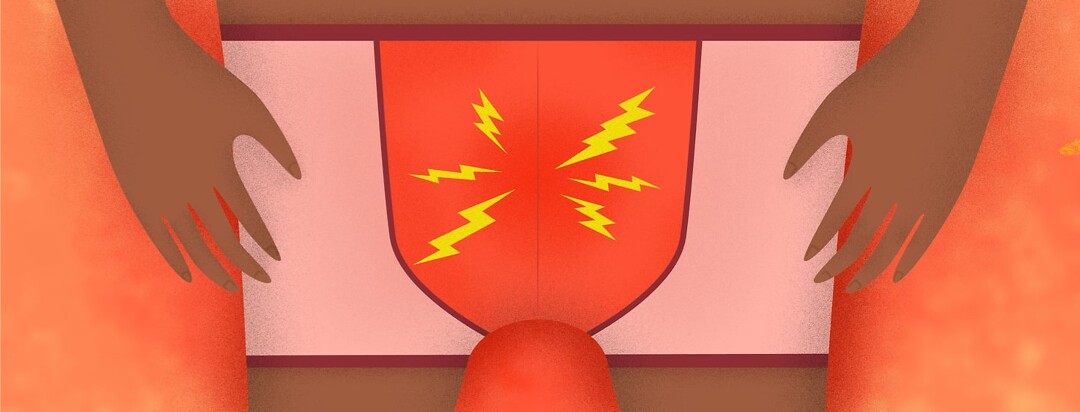My Experience With Priapism
Priapism is a sickle cell complication that many people know nothing about. I understand because priapism is a complication that affects only male sickle cell warriors.
Unexpected pain
I was 17 or so when I had my first experience with priapism. It was very late in the night around 1 am when everyone was asleep. I was too until my sleep was interrupted by pain in my lower belly.
When I opened my eyes, I noticed an erection but it wasn't a normal erection, it was painful. It felt like my penis would break.
Waiting it out
I thought it was pain that would be gone in a few minutes but after about two hours, I was still in pain and the erection was even more painful. I tried distracting myself from the pain but it didn't work. It was then I thought masturbating would help but unfortunately, it didn't work either.
The only thing it did was make me feel relaxed and had a nap on the couch. Around 4 AM, I opened my eyes again but this time, the erection was gone but I still felt slight pain. By morning, I had forgotten about it and thought it won't happen again.
I was wrong it happened again and again and again usually around the same time. After the third occurrence, I decided to research online because I couldn't tell anyone. I didn't know how to explain myself.
That was when I learned the word priapism and everything about it.
What is priapism?
Priapism is simply a prolonged erection of the penis. This erection is different because it is not caused by sexual stimulation, it is very painful, and it lasts for a long time. It happens usually when blood flow is interrupted in the penis. In warriors, it can happen when cells block the blood from flowing out of the penile vessel.
Priapism is rare but happens in some males living with blood disorders like sickle cell disorder as well as some other groups of males.
Types of priapism
- Ischemic priapism: This occurs when blood is unable to flow out of the penis. It is the more common type. Sickled cells can block the blood vessel in the penis thereby causing blood not to flow out. This type of priapism usually lasts between 3-4 hours.
- Nonischemic Priapism: It occurs when blood flow in the penis is unregulated. As long as blood flow is interrupted in the penis, there is a problem. This type lasts more than 4 hours.
The scary part is that both types of priapism can cause erectile dysfunction and infertility in some cases.
If you have experienced priapism, here are some tips to help manage the pain. These tips are what I have used and worked for me.
My solutions
Exercise
You might not believe it but exercise helps me.
A few push-ups or jumping jacks have helped me weaken the erection and pain several times. The odd thing is being caught in the middle of the night doing push up. Weird.
Distracting my mind
I realized that when I just sit, my mind is fixed on the pain and it hurts more. However, when I distract myself by watching videos on Instagram or YouTube, it reduces in no time. So, you might want to try that next time you feel the erection.
Drinking a lot of water
As you know, water flushes the cells so when I drink water, I feel the urge to use the toilet, and I feel relieved. That helps a lot. You should drink so much water.
Avoiding too much heat
I noticed that sometimes it happens when there is too much heat. I am sometimes torn between so should we steep agree too
If any of these does not work, then here are some medical options.
Medical options: Injections & antidepressants
Sometimes, to cure and stop fertility, some medications might be injected directly into the penis. Doctors might also recommend antidepressants when need be.
I hope this has educated you enough on priapism so that next time, you know what it is.

Join the conversation